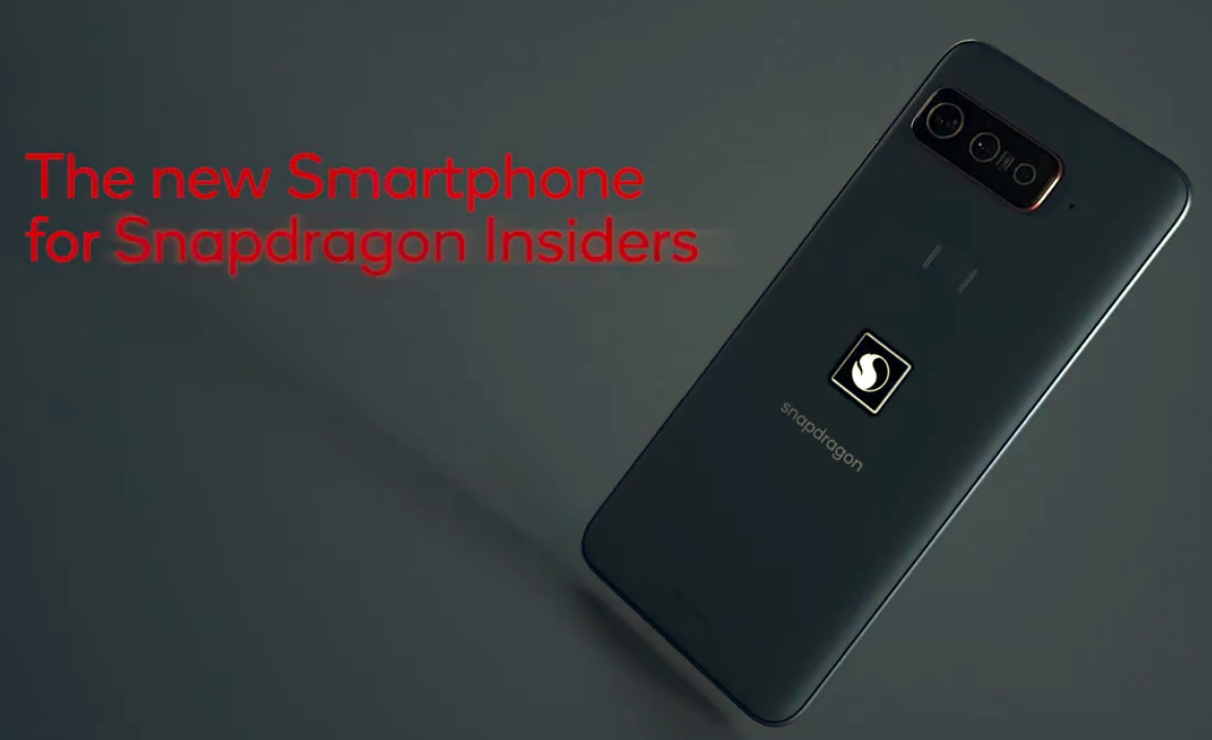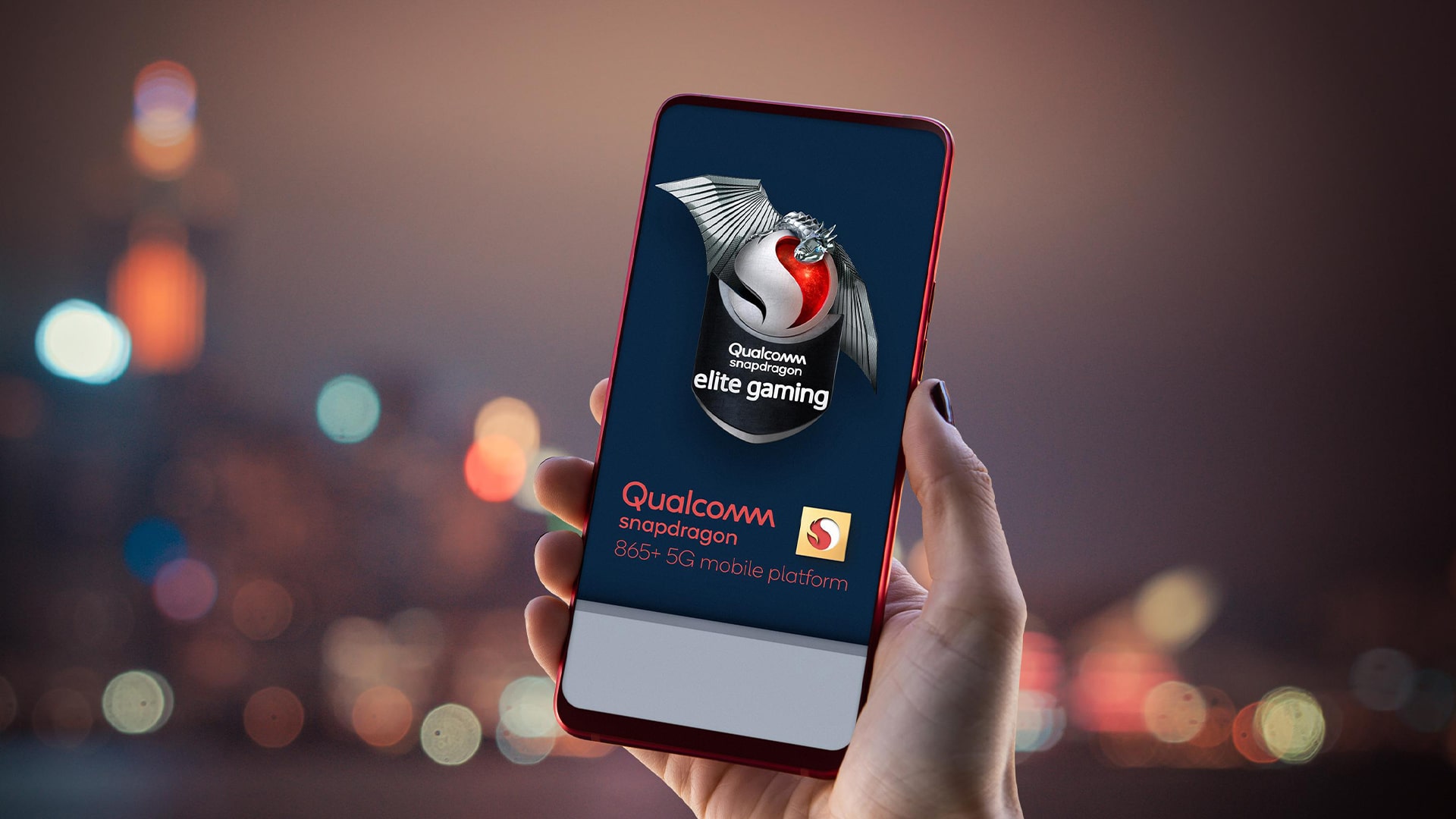
At the annual Snapdragon Tech Summit on Wednesday, the chipmaker unveiled its new 5G mobile platform for next-generation flagship Android devices, called Snapdragon 8 Gen 1. The first chip to supersede 17 Snapdragon 800-series models for flagships until now.
The new Snapdragon 8 Gen 1 is touted to be four times faster for artificial intelligence (AI) tasks than last year’s Snapdragon 888 SoC. Qualcomm also claims the chip will deliver 30 percent faster graphic rendering while being 25 percent more power-efficient than its predecessor. Notably, the Snapdragon eight engine one is the world’s first 5G modem-RF solution capable of 10 Gigabit download speeds on a compatible network.
Diving Deep into Technical Specifications
The new Snapdragon 8 Gen 1 will feature Qualcomm’s 7th gen AI Engine that features shared memory that’s twice as large as the Snapdragon 888. The tensor accelerator is also twice as fast, giving the chip a better per-watt performance. The new chip is based on the 4nm process node, an upgrade over the 5 nm process used for Snapdragon 888. Qualcomm hasn’t yet unveiled the exact names of the Kryo CPU and Adreno GPU that make up the new chip.
However, it is known that the Snapdragon 8 Gen 1’s Kryo CPU is equipped with Arm Cortex-X2 cores capable of up to 3GHz clock speeds. The GPU is said to be 20 percent faster and 30 percent more efficient than the Snapdragon 888.
Interestingly, the new SoC has a Qualcomm Hexagon processor baked into its AI Engine. The chip also has integrated Leica Leitz Look filters and natural language processing (NLP) from the Hugging Face community. This should enable distinct personal assistant experiences by analyzing and organizing your notifications in order of importance.
The Snapdragon 8 Gen 1 chip can support up to 4K, and QHD+ resolution displays capable of a 144Hz refresh rate. It can interface with up to 16GB of LPDDR5 RAM clocked at 3200MHz. Quick Charge 5 fast charging support is available as well.

Improvements across the Board
For connectivity, the Snapdragon 8 Gen 1 chip supports iSIMs, enabled by the Qualcomm Secure Processing Unit so that users can connect to cellular networks without a physical SIM card. It has retained Bluetooth 5.2 support and Qualcomm’s FastConnect 6900 Mobile Connectivity System that allows up to 3.6Gbps connection speeds over Wi-Fi 6 and Wi-Fi 6E. For audio, the chip can transmit audio using the Qualcomm AptX Lossless Technology. The chip’s new Snapdragon X65 5G Modem-RF system is designed to reach 10 Gigabit download speeds.
A Chip for Gamers and Camera Lovers?
Gamers looking forward to this processor will be delighted to learn that the audio engine packs support for broadcast audio, stereo recording, and voice back channels while gaming. Qualcomm claims that the chip’s new Variable Rate Shading Pro feature will provide desktop-level volumetric rendering performance for a realistic representation of fog, smoke, and particle effects.
In the camera department, the Snapdragon 8 Gen 1 has Snapdragon Sight Technology that brings the world’s first 18-bit image signal processor (ISP). This is touted to capture a whopping 4,000 times more data than its predecessor, delivering high dynamic range, color, and sharpness at speeds of up to 3.2 gigapixels per second. This ISP also supports 8K HDR10+ video recording.

Availability Planned for Later This Year
Thankfully, you won’t have to wait very long to get your hands on a phone powered by the new chip. Qualcomm revealed that smartphone manufacturers including Black Shark, Honor, iQoo, Motorola, Nubia, OnePlus, Oppo, Realme, Redmi, Sharp, Sony, Vivo, Xiaomi, and ZTE would manufacture phones using the Snapdragon 8 Gen 1 processor. Some of these devices are expected to hit store shelves by the end of this year.
The chip will lock horns with the Mediatek Dimensity 9000, Samsung’s Exynos 2200, and Apple’s A15 Bionic.
What are your thoughts on this new chip? Tell us in the comments section below.







